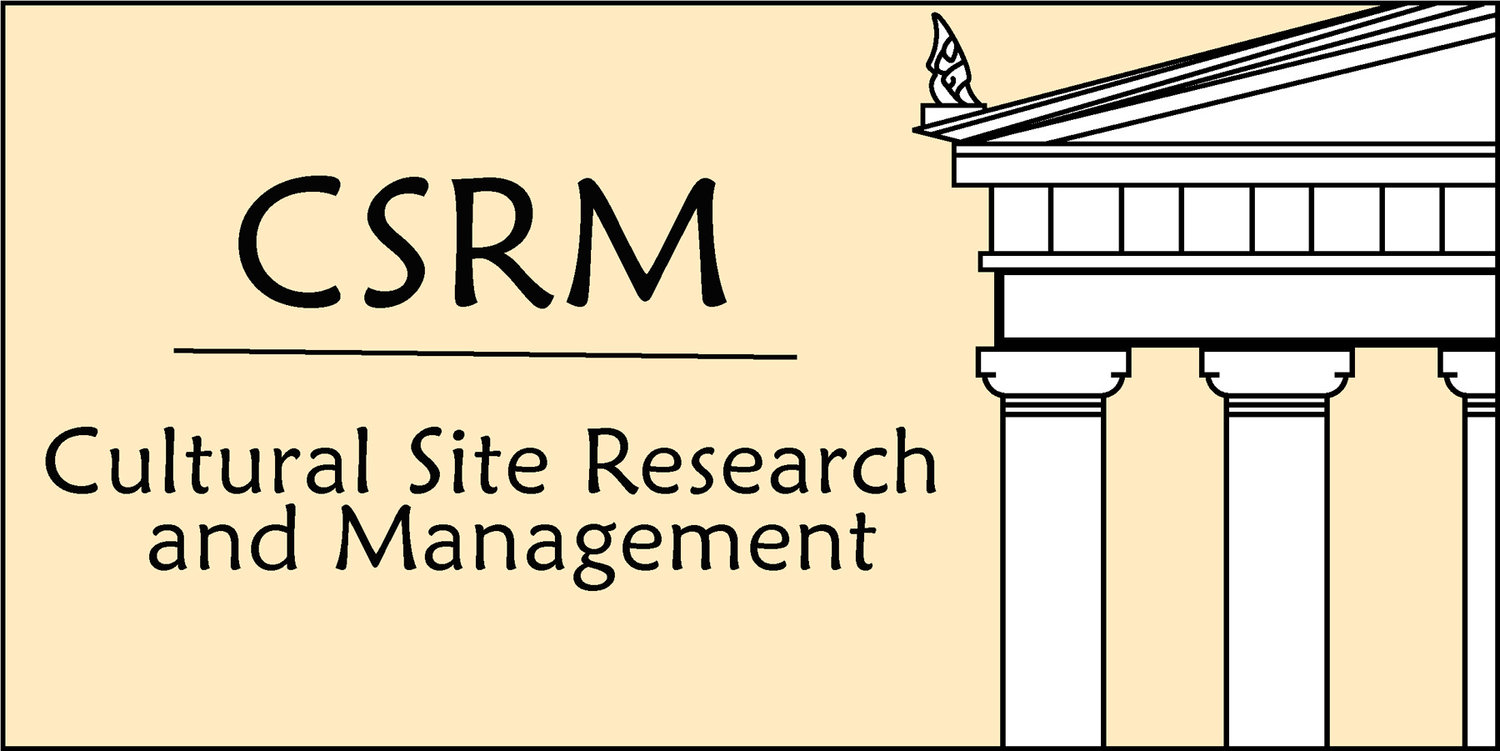Machu Picchu Carrying Capacity/ Limits of Acceptable Change Study
Carrying Capacity: How many visitors can a site accommodate? The answer is not how many per year or day, but how many at one place at one time. A carrying capacity/limits of acceptable change study tells us this.
CSRM examined how many people could be accommodated at Machu Picchu while preserving the ambiance appropriate to a sacred place, and without risking damage to the priceless archaeological record there or diminishing the once-in-a-lifetime experience that it provides to visitors. We did this using digital technologies, surveys, and meetings with 56 groups including local and national government leaders, guiding associations, Quechua and other community leaders, transportation providers, and small business people. There was strong agreement among all groups that Machu Picchu is sacred, no matter how one might define that term. Some regard Machu Picchu with religious awe. Others sense a power in the beauty of the architecture and landscaping there and how it fits perfectly into the mountains, streams, and clouds that surround it. Peruvians regard it as a national treasure and a part of their identity.
CSRM found that visitors arrived and departed in waves, and that waves of visitors varied according to age group and nationality. All of these visitor groups, however, arrived in great numbers early each morning. By mid-afternoon, those fortunate to have arrived later could enjoy the site in the company of only a relative few others. And photos taken at the time of the day were the best! The study also demonstrated that tracking the movement of people through the site could be used by guides to regulate the flow of visitors, adapting to the needs and interests of different age and nationality groups, thus avoiding congestion at certain places. Such crowding can distract the visitor from the magnificent structures and natural landscape at Machu Picchu. And although the ancient engineering at Machu Picchu is remarkable, one must avoid even the possibility that crowding might eventually produce degradation of the fabric of the site.
The study made it clear that regulating the number of people at one time in key locations all over Machu Picchu was essential and that monitoring this and managing accordingly was much more important than limiting numbers of visitors per day or year. These findings are now rapidly being integrated into the site management practices.

